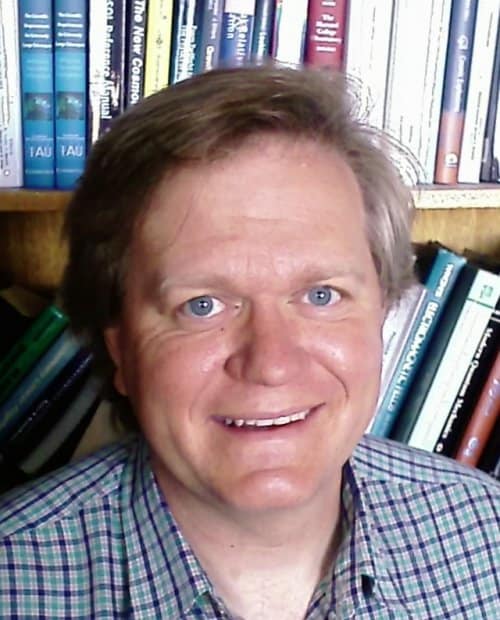The first convincing evidence for supersolidity came in 2004, when US physicists Moses Chan and Eun-Song Kim were monitoring the rotation of a sample of helium-4 supported inside a torsion oscillator. As they reduced the temperature below 230 mK, they noticed that the oscillations sped up slightly, and concluded that 1% of the sample had become a supersolid and was therefore staying still in the lab frame.
At first, this was thought to be proof of a phase transition predicted in the late 1960s, which suggested that close to absolute zero any lattice vacancies present in a sample would collapse into the same quantum state, becoming a so-called Bose-Einstein condensate. In this supersolid phase, the vacancies would be able to move throughout the rest of the solid effortlessly like a superfluid.
More recent calculations, however, have shown that there would not be enough vacancy condensation at low temperature to give supersolid signal as large as 1%.
One alternative explanation is that the signal actually comes from supersolidity involving tiny “grain boundaries”, but this was ruled-out experimentally last month by Chan, who told Physics Web that he suspected the signal could be originating in dislocations within the crystal lattice.
Now, Massimo Boninsegni from the University of Alberta and collaborators from the US and Switzerland have backed-up this suspicion by simulating a “screw” dislocation in a microscopic helium-4 crystal. Screw dislocations form when a break in the crystal lattice causes atoms to stack-up in a structure akin to a spiral staircase, and for complex helium-4 crystals have been too difficult to simulate accurately in the past.
Using a new computer algorithm Boninsegni’s group found that, as they reduced the temperature parameter towards absolute zero, the core of the screw dislocation acted like a tube through which some of the atoms could flow freely – essentially in one dimension – as a superfluid. “This is an important aspect experimentally, as a one-dimensional system has distinct physical signatures that can be probed by measurement,” Boninsegni said.
The researchers say that a network of these superfluid cores could produce a supersolid signal in a real sample, although it would not produce one as high as the 1% originally recorded by Kim and Chan. This signal strength, they suggest, might be due to auxiliary sources, such as “pockets” of superfluid.

